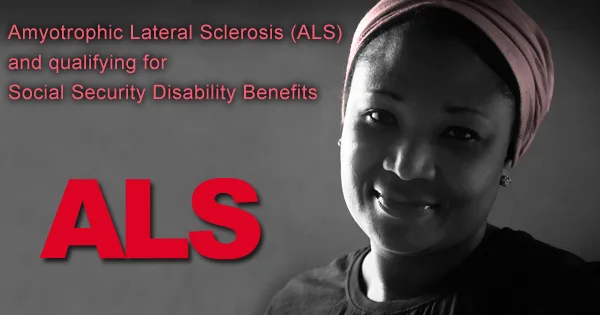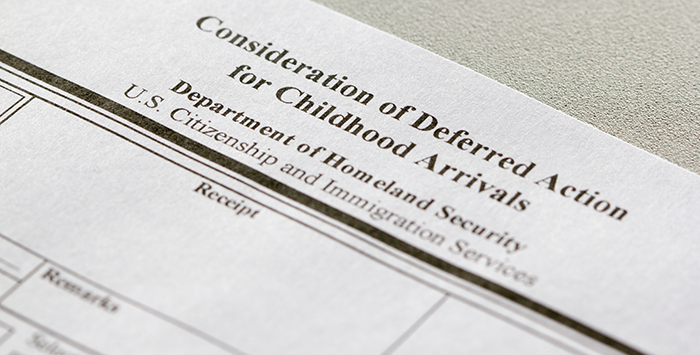ALS predominantly affects individuals aged 40 to 70, although it can also occur in those in their 20s and 30s.
Men are 20% more likely to develop ALS than women, although the likelihood balances out at older ages. While the disease is more prevalent among whites and non-Hispanics, it affects individuals of all racial and ethnic backgrounds. Research suggests that military veterans maybe 1.5 to 2 times more likely to develop ALS, potentially due to exposure to environmental toxins, though the exact reasons remain unclear. Most ALS cases occur without any identifiable risk factors or family history, although relatives of those affected face a slightly elevated risk.
What are the Functional challenges related to Amyotrophic Lateral Sclerosis (ALS)?
The functional challenges an individual with ALS experiences can vary depending on the progression of the disease and the area of the body initially affected:
Weakness in arms and legs can lead to difficulty walking, standing, and getting in and out of chairs. Muscle weakness and impaired coordination may cause reaching and hand and finger dexterity issues.
Challenges in articulating words, a deterioration in voice quality, and difficulties in comprehending and conveying complex thoughts can hinder effective communication with others.
Difficulty swallowing food and liquids (dysphagia) can lead to aspiration risk and potential reliance on feeding tubes.
Weakness in respiratory muscles may result in breathing difficulties and a need for ventilatory support in advanced stages.
These challenges can severely impact daily activities like eating, dressing, walking, and communication and the loss of independence can lead to anxiety, depression, and feelings of isolation.
How do I qualify for disability benefits if I am suffering from the effects of Amyotrophic Lateral Sclerosis?
The sudden, rapid progression of ALS, in addition to the financial and medical costs, make Social Security disability benefits invaluable.
ALS most often strikes people between the ages of 40 and 60 when they may be the primary wage earner of a family. Approximately 1,000 people with ALS apply for Social Security Disability benefits each year. The Social Security Administration recognizes ALS as a disabling impairment in its Blue Book under Sections 11.00 and 11.10:
We evaluate epilepsy, amyotrophic lateral sclerosis, coma or persistent vegetative state (PVS), and neurological disorders that cause disorganization of motor function, bulbar and neuromuscular dysfunction, communication impairment, or a combination of limitations in physical and mental functioning, such as early-onset Alzheimer’s disease.
To qualify for automatic benefits with ALS, you must provide the following medical evidence:
A formal diagnosis of amyotrophic lateral sclerosis by a neurologist (not your primary care provider or general practitioner).
Reports from neurological exams consistent with ALS, including tests of reflexes and motor function.
Electromyography (EMG) – a recording technique that detects the electrical activity of muscle fibers.
Nerve conduction studies which detect the ability of nerves to send electrical impulses.

How fast can I get benefits? – The Compassionate Allowance program
The application process for Social Security Disability Insurance (SSDI) can be lengthy, posing a significant challenge for those suffering from ALS who cannot afford to wait months to receive benefit approval.
In such instances, the Social Security Disability Compassionate Allowance program offers a solution. This initiative was established to address concerns regarding prolonged delays in the disability determination process and provides expedited assistance to those applicants whose medical conditions are so severe that it is evident they meet the criteria for disability. This program enables the SSA to prioritize the most severely disabled applicants and facilitate a swift approval of benefits following their application.
A diagnosis of ALS makes you automatically eligible for SSDI because ALS is included in Social Security’s list of Compassionate Allowance diseases.
The ALS Disability Insurance Access Act of 2019 eliminated the 5-month waiting period for people with ALS who were approved for Social Security Disability benefits on or after July 23, 2020. After applying, you do not have to do anything and should receive a determination within a couple of weeks. Once approved for SSDI, you are also automatically enrolled in Medicare.







![North Carolina Personal Injury Statute of Limitations [2025 Updated] North Carolina Personal Injury Statute of Limitations [2025 Updated]](https://www.bridgmanganttlaw.com/wp-content/uploads/2025/09/north-carolina-personal-injury-statute-of-limitations.webp)

















